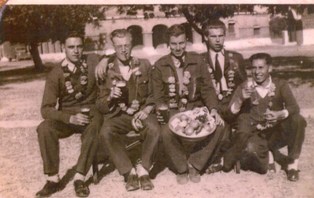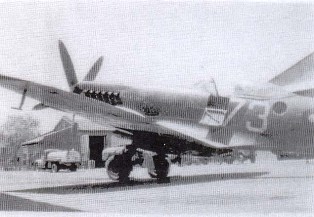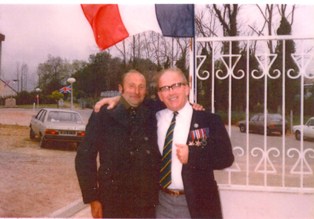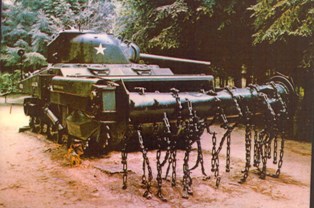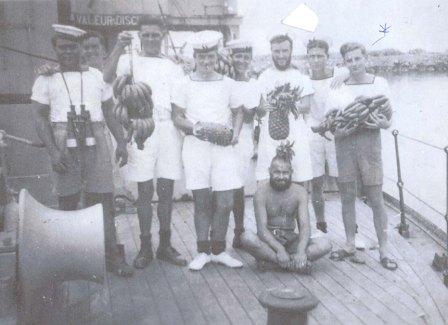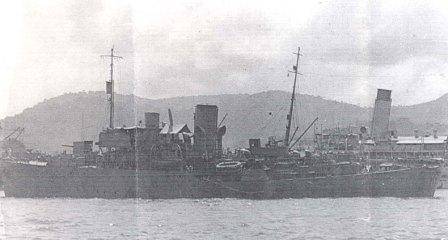
Private 7788 Charles Philbey
1st Bedfordshire Regiment
Killed in Action 7th November 1914
Son of the late Edwin and Charlotte Philbey.
Le Touret Memorial, Panels 10 and 11.
Born: Chesham, Bucks.
Enlisted: Hemel Hempstead.
Residence: Chesham.
Charles Philbey
Charles Philbey was a private in the 1st Battalion of the Bedfordshire regiment. He was among 147 killed, wounded or missing on the 7th November 1914, during an attack on enemy trenches in Bailleul, France, which occurred before the Battle of Loos (25th September- 28th September 1915).
He was the son of the late Edwin and Charlotte Philbey, his father being a tailor who lived in Hawridge. He died unmarried at the age of 31, his last known address being in Chesham, where he listed among those in the Chesham War Memorial.
Summary of events leading to Philbey’s death
On the 1st November 1914, the 1st Battalion of the Bedfordshire Regiment returned to ‘Gorre’ (perhaps a misspelling of La Gorgue, or a shorthand notation used by soldiers) at 4am, and the next day at 5pm they were ordered back to support native troops on line E of Festubert (a commune in the Hauts-de-France region of France).
On the 3rd November, they were ordered back to ‘Gorre’, and at 4pm were ordered to proceed to trenches occupied by the Black Watch (3rd Battalion of the Royal Regiment of Scotland) and reinforce them. The regiments were relieved by Indian troops at about 9pm on the 4th November, and returned to ‘Gorre’ at about midnight. One man was killed (this was not Charles Philbey).
On 5th November, the headquarters and two companies received orders at 5pm to move at once to rejoin the 15th Infantry Brigade, passing through Locon (a commune in the Hauts-de-France region of France, around 8km from Festubert). The Battalion moved at 7pm, and left Locon at 7am in motor buses, proceeding to somewhere close to Ypres (in Belgium), where they halted. The next day, on the 6th of November, at 5pm they moved on foot due east via Ypres and Hooge to trenches in a wood south of the road, where the remaining two companies of the Battalion had arrived the previous day. They then passed the 2nd Bedfordshire Battalion regiment near Bailleul, who were resting; the 1st Battalion then relieved them in the firing line.
On 7th November, the enemy broke through the firing line held by a regiment around 200 yards to the left of the Bedfordshire Regiment’s First Battalion, ‘carrying’ the next regiment and some of the men from his Battalion with them. Captain Monteith and Adjutant (the writer of the war diary in question) moved the support to the left, which helped to drive the enemy back. Quarter Master Sergeant Byford collected around 40 of his men and captured a trench held by 21 Germans, killing or capturing all of them. A majority of the Regiment went rushing to an enemy trench to aid a Private who had fallen and infiltrated it, resulting in casualties of around seven officers. 140 other ranks were pronounced killed, wounded or missing. It is suspected that Charles Philbey went missing (rather than being killed on site) on this day, as his name was listed on the Le Touret Memorial, where those with no known graves were listed.

Screenshot from Chesham Memorial- here you can see Charles Philbey’s name.
Source:
1st Bedfordshire Regiment War Diary, Catalogue reference WO 95/1570
By Keir Holmes, Charles Priest, Annie Martell and Harriet Norris
25th June 2019
